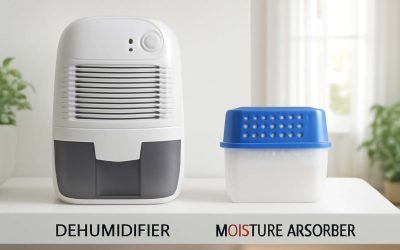
Air quality is a vital aspect of life on Earth. It affects human health, the oceans, and the land. Taking precautions to avoid air pollution can prevent discomfort, respiratory illness, and premature death. This is important for people with heart disease, lung disease, asthma, and other conditions.
A lot of people live in areas of poor air quality. This is because some pollutants enter the air from natural sources. But there are also human-made air pollutants, such as smoke from coal-fired power plants and toxic gases from industry.
Fortunately, the Clean Air Act of 1970 helped to curb air pollution. It has saved thousands of lives every year. In order to monitor air quality, the Environmental Protection Agency (EPA) developed the Air Quality Index, or AQI. The index is an easy-to-use tool for determining the level of air pollution in your area.
An AQI value ranging between 0 and 100 is considered healthy. The higher the value, the worse the air quality. People with certain medical conditions should avoid outdoor activities when the air quality is bad. Also, if you are experiencing coughing or shortness of breath, you should wear an inhaler or carry a face mask. You should always follow AQI recommendations to help reduce your risk of air pollution-related illness.
There are five major air pollutants monitored by the AQI: nitrogen dioxide, sulfur dioxide, carbon monoxide, ground level ozone, and particulate matter. Each of these pollutants is measured separately, but their combined values determine the overall AQI for a given location.
The EPA’s AirNow website provides real-time AQI data for over 300 cities around the world. The website includes a forecast of the upcoming day’s air quality, as well as links to state air quality websites. Some local TV weather forecasts also provide air quality information.
Although air quality has improved in many parts of the US, the levels of major pollutants such as carbon monoxide, sulfur dioxide, and ground-level ozone remain higher than the federal standards. For example, in New York City, ground-level ozone has been found to cause 4,000 emergency room visits, 800 hospital visits, and 400 premature deaths each year.
Ozone forms when sunlight reacts with emissions, such as from industrial boilers, car exhaust, and power plants. During the warmer months, ozone tends to form in the mornings and afternoons. However, it can occur during other times as well. Generally, the air quality at night is more harmful than in the daytime. Similarly, the fine particles emitted by these sources are more visible at night than during the day.
As an alternative to using the AQI, individuals can also calculate their own air quality index. They can use NowCast, which gives weight to the most recent air quality data. Alternatively, they can calculate their AQI by estimating the concentrations of one or more pollutants over a number of hours. If this is done, it is recommended to center the average on the current time.
When calculating an AQI for ozone, it is important to consider factors such as weather, wind speed, and other geographic features. For instance, a strong overnight temperature inversion can increase the amount of fine particle pollution. Similarly, heavy rain and high humidity may increase the amount of dust.



0 Comments